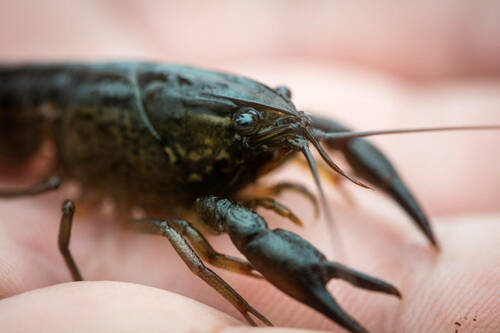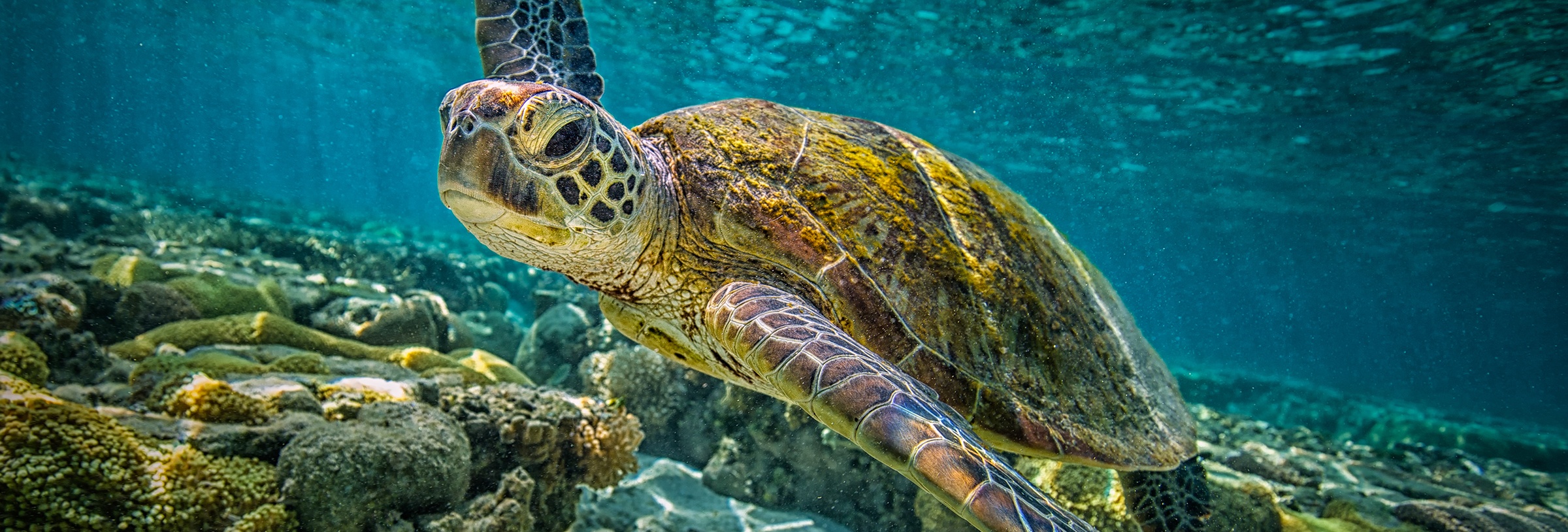
Ryan Hagerty, USFWS
The U.S. Fish and Wildlife Service (Service) has issued a final rule listing the Panama City crayfish (Procambarus econfinae) as threatened under the Endangered Species Act (ESA), along with a section 4(d) rule limiting take of the species. The final rule also includes a designation of eight units of critical habitat, totaling approximately 4,138 acres, in Bay County, Florida.
The Panama City crayfish is a small, semi-terrestrial crayfish that grows to about two inches in length (minus claws), and is found in southcentral Bay County, Florida. The species’ color pattern consists of a medium dark-brown background color, lighter brown mid-dorsal stripe, and darker brown dorsolateral stripes.
Historically, the species inhabited natural and often temporary bodies of shallow fresh water within open pine flatwoods and wet prairie-marsh communities. Most of these communities, however, have been cleared for residential or commercial development or replaced with slash pine plantations. Currently, the Panama City crayfish inhabits the waters of grassy, gently sloped ditches and swales, slash pine plantations, utility rights-of-way, and a few remnant parcels protected under wetland and private easements. According to the Federal Register notice, the Service has determined that the Panama City crayfish qualifies as threatened under the ESA primarily based on the present or threatened destruction, modification, or curtailment of its habitat or range.
The Service originally published the species’ proposed listing rule (83 FR 330) on January 3, 2018. On April 15, 2021, the Service reopened the comment period for the proposed listing rule and added a proposed 4(d) rule and critical habitat designation (86 FR 19838).
The final rule incorporates several changes to the Service’s proposed 4(d) rule and critical habitat designation. For instance, with respect to the final critical habitat designation, the Service removed approximately 3,039 acres from the proposed critical habitat designation. In the notice, the Service explains that the agency based its decision on new information about permitted developments, updated aerial photography, and more recent information regarding the species’ habitat use in secondary soils.
The final rule becomes effective February 4, 2022. The Federal Register notice and supporting documents are available at regulations.gov, under Docket Numbers FWS–R4–ES–2017–0061 and FWS–R4–ES–2020–0137.
Nossaman’s Endangered Species Law & Policy blog focuses on news, events, and policies affecting endangered species issues in California and throughout the United States. Topics include listing and critical habitat decisions, conservation and recovery planning, inter-agency consultation, and related developments in law, policy, and science. We also inform readers about regulatory and legislative developments, as well as key court decisions.
Stay Connected
 RSS Feed
RSS Feed
Categories
- Alternative Energy
- Bald and Golden Eagle Protection Act
- Budget
- CEQA
- CESA
- Climate Change
- Congress
- Conservation
- Construction Projects
- Consultation
- Continuing Education
- Court Decisions
- Critical Habitat
- Delisting
- Endangered Species Act
- Event
- Fish & Wildlife Service
- Freedom of Information Act
- Government Administration
- Legal
- Legislation
- Listing
- Litigation
- Migratory Bird
- National Marine Fisheries Service
- NEPA
- Off Shore Wind
- Pacific Northwest
- project
- Publications
- Regulatory Reform
- Sacramento-San Joaquin Delta
- SEPA
- Speaking Engagements
- Supreme Court
- Texas
- Timberland
- Water Issues
